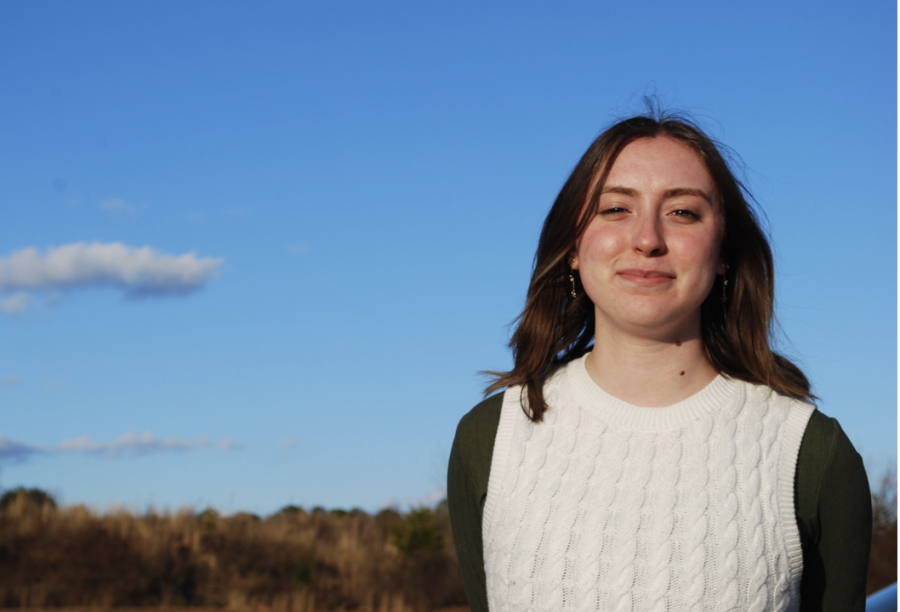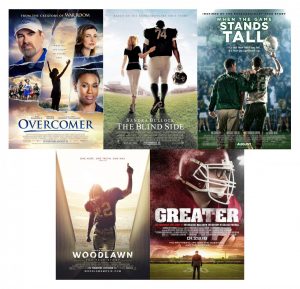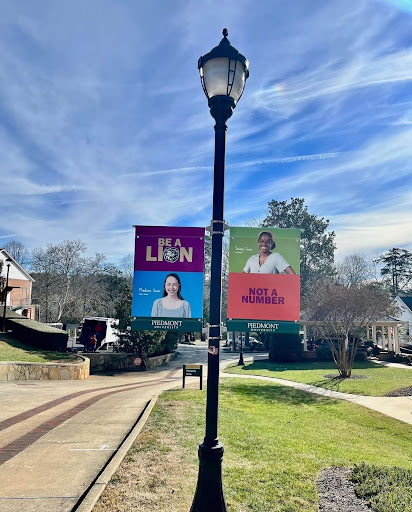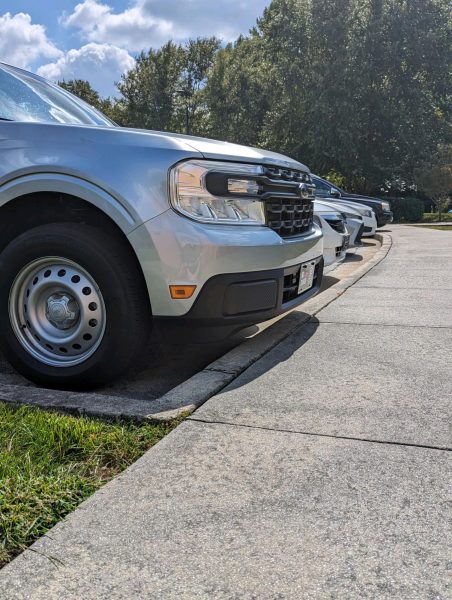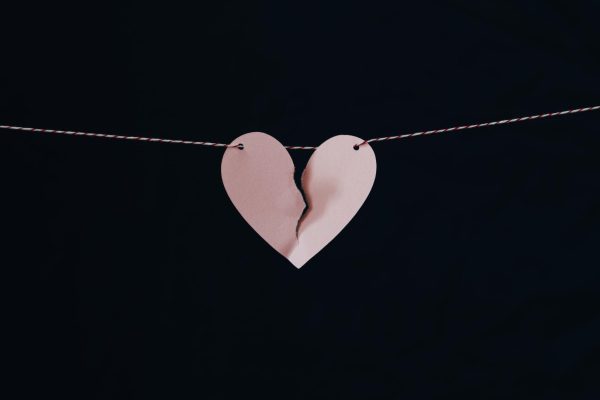Depression Loves a Friend
Samantha Carvallo likes to spends time with nature to help deal with her depression. PHOTO // HANNAH OSBORNE
February 7, 2023
I was diagnosed with depression and anxiety when I was 14 years old and I felt like a freak.
At that age, the human body is going through extensive changes and hormone fluctuations, but if everyone was going through similar changes, why did it seem I was the only one who couldn’t handle them? I remember thinking to myself, “I’m only 14. What could I possibly have to be depressed about? Why does it seem like I’m the only person in the world feeling like this?”
Now, it seems like everyone around me is either anxious or depressed. Actually, I’m anxious and depressed as I write this, now that I think about it. At least it isn’t just me. Right?
According to Harmony Healthcare, “Gen Z-ers” average about 10 mental health struggles in a single month. That means, in one singular month, my peers and I experience what most grown ups call “a crappy day” ten times. Ten. Times. That’s 33% of our month, or an average of four months out of every year is spent in an ongoing mental health crisis.
I can picture what my 10 mental breakdowns in a single month look like. I usually isolate myself, take long showers, become aggressive and unmotivated. I cry, drink, obsessively clean, take too many naps, spend money I don’t have and use TikTok as my only comfort source. These monthly cycles make it hard to want to get up everyday.
Let’s be real. The fear of adulthood is becoming a reality — balancing work and life seems next to impossible and my coffee doesn’t even keep me awake anymore. These thoughts and feelings seem to be the norm.
The crazy thing about all of this is that no one ever really notices when I am consumed by these habits or emotions. You would have to be able to read between the lines to a great extent even to consider asking me what’s wrong. Am I hiding it too well?
Perhaps that’s a mutual thing between my peers and me. We don’t address these struggles unless we’re comfortable. And even when we are comfortable, that can make it harder to say what’s on our minds because we want to forget them, even if it’s just for a minute or two.
But if I am not addressing my struggles, it’s important to figure out how to cope with them or utilize other outlets. When it’s hard to open up, I write my thoughts down so I have somewhere to put them beside my own stuffed head. I also try to go on walks and listen to a podcast. Sometimes listening to thoughts other than my own can be calming. If I want to distract myself for a while, I try to binge-watch a show or read a book to get stuck in a different reality.
I think the outlet I am most proud of is seeking help from a professional. It can be a scary thing to force yourself to talk with a complete stranger about the things that are making your head spin. But from making that appointment for the first time to leaving your final therapy session, you can learn so much about yourself that you may not have even noticed. If I never went to get the help I needed when I was first diagnosed, I don’t think I would be around today.
There’s an old saying, “Misery loves company,” and there’s some truth to that. If you’re feeling low, talk to someone. Drop in at the Piedmont Counseling Center. Depression loves a friend, and none of us are alone.
Georgia Crisis and Access Line 800-715-4225
National Suicide Prevention Lifeline 800-273-8255

